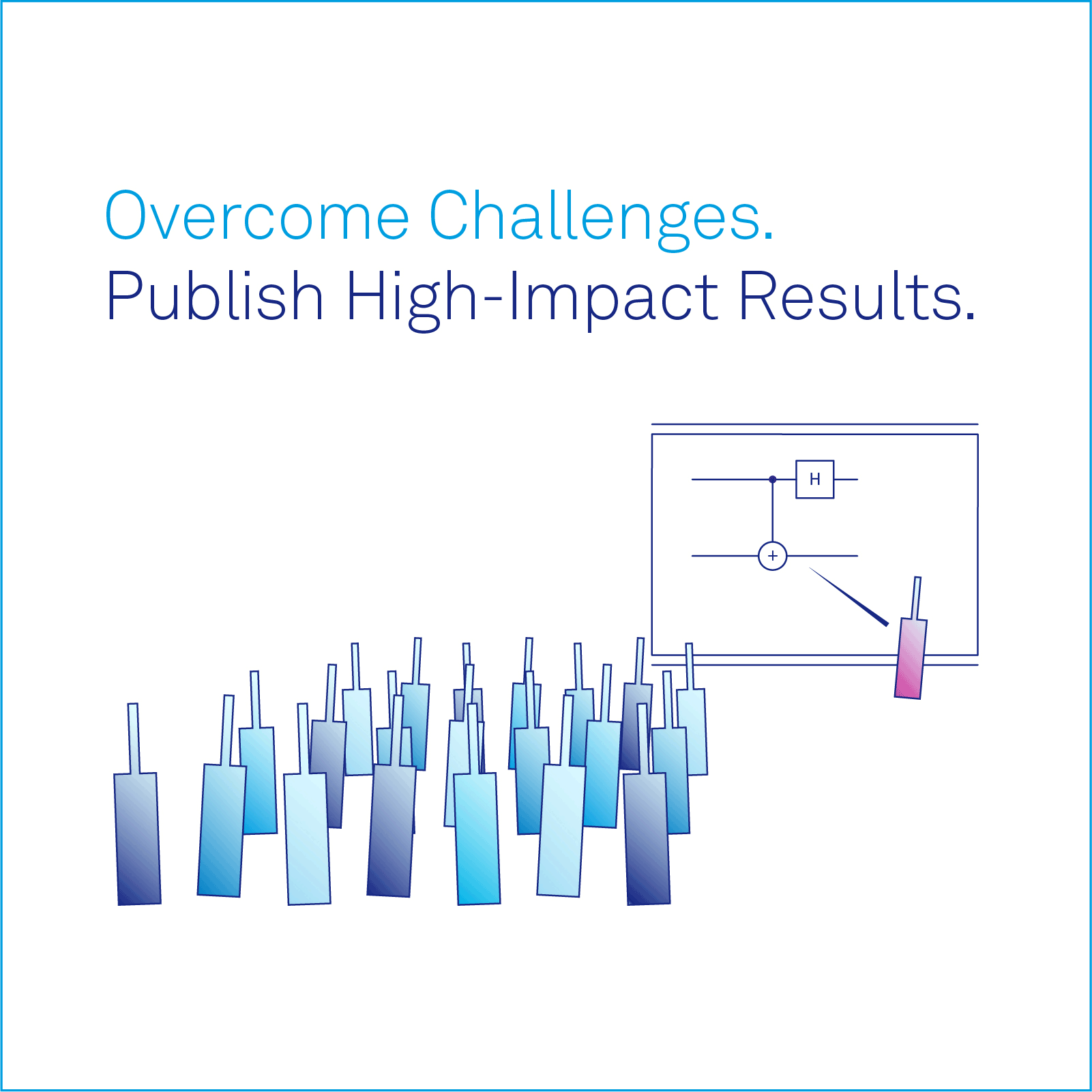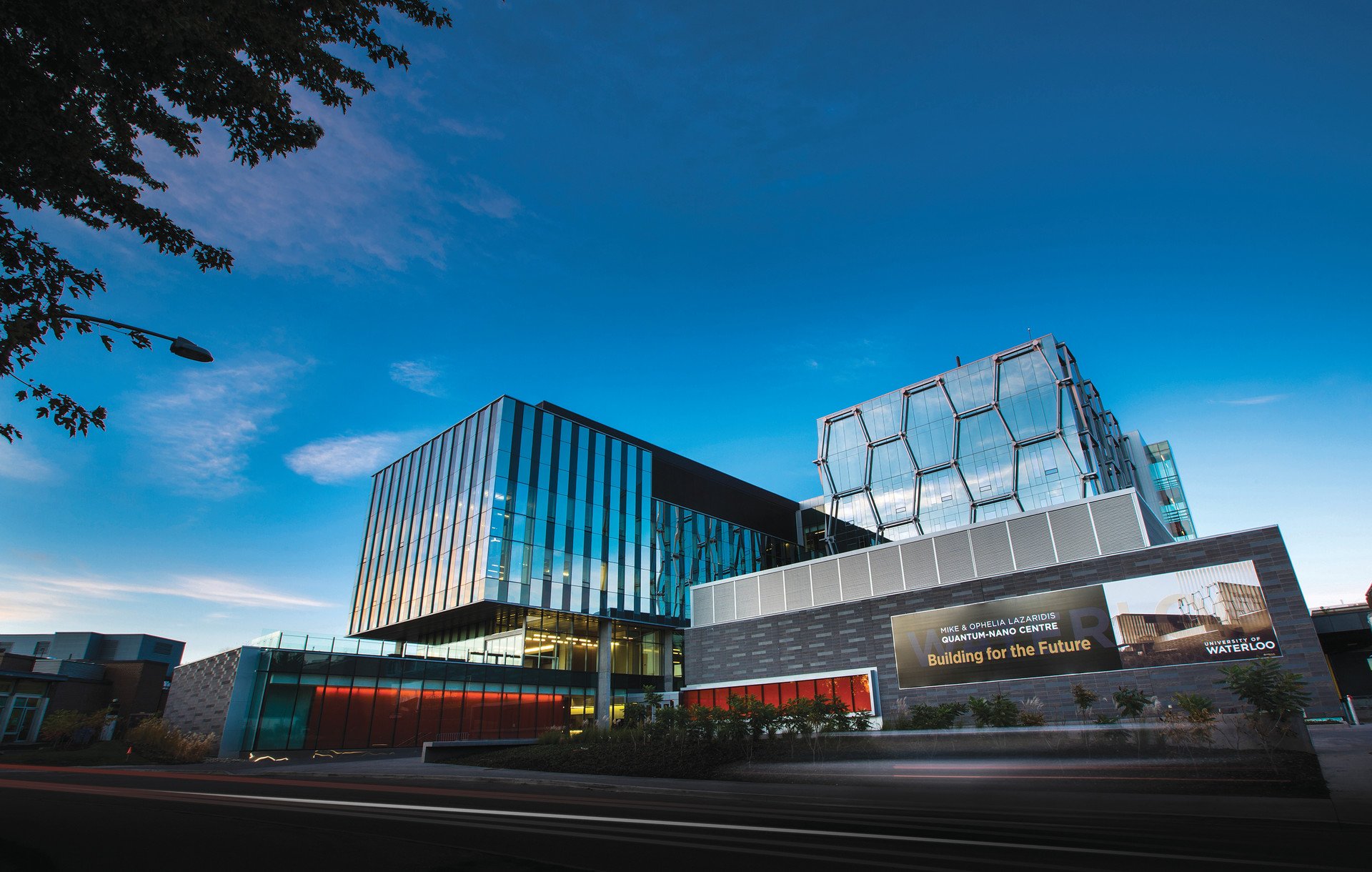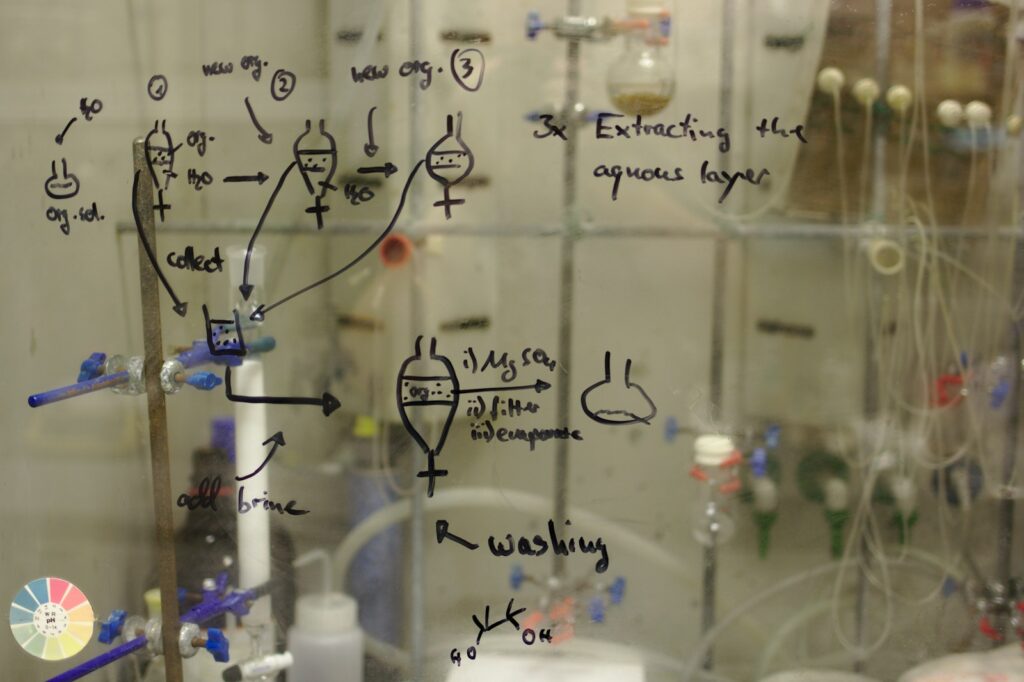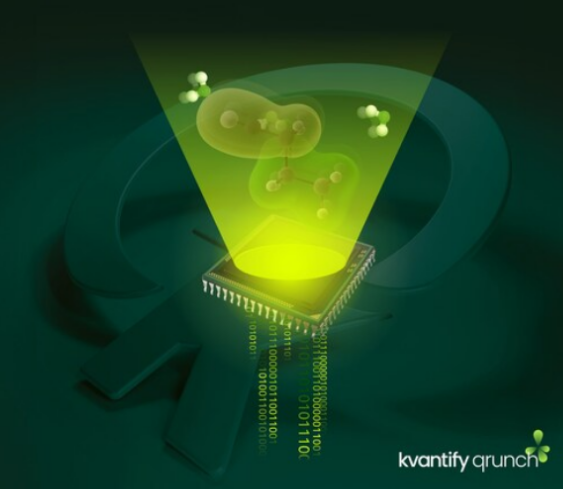Insider Brief
- An international team has developed a computational pipeline that could serve as a blueprint for achieving quantum advantage in modeling molecular binding energies, a foundational task in drug discovery and biochemistry.
- The pipeline, called FreeQuantum, combines machine learning, classical simulation, and high-accuracy quantum chemistry in a modular system designed to eventually integrate quantum computing for the most computationally intensive subproblems.
- Tested on a ruthenium-based anticancer drug, the framework produced significantly different binding energy predictions than classical methods, underscoring the value of quantum-level accuracy and offering a realistic roadmap for deploying quantum computers in molecular science.
An international team of researchers report that a computational pipeline could become the blueprint for using quantum computers to calculate molecular binding energies, a critical task in drug discovery and biochemistry. The new method, described in a preprint paper on arXiv links quantum mechanics, machine learning and classical simulation into a scalable, modular framework that could one day surpass the capabilities of today’s best supercomputers.
In other words, the team suggests that the computational framework could serve as an initial step on the path toward quantum advantage in biology.
This new pipeline, dubbed FreeQuantum, integrates machine learning, classical molecular simulations, and quantum chemistry in a modular system that can eventually incorporate quantum computing at its core.

According to the researchers, the framework addresses a critical limitation in modern biochemical modeling — how to predict, with chemical accuracy, how tightly molecules bind. This metric, known as the free energy of binding, is essential for tasks ranging from drug discovery to protein design. The research offers a technically grounded roadmap for how quantum computers may be realistically deployed in molecular biology and pharmaceutical chemistry.
The researchers suggest the framework could be a step toward the transformative use of quantum computers: “What is clear, however, is that quantum computing has the potential to change the foundation of free energy calculations by delivering certified-quality useful training data within the pipeline. FreeQuantum is open source and free of charge, welcoming both development contributions as well as deployment for the benefit of biochemistry and the pharmaceutical sciences.”
Accuracy Versus Scalability
Free energy calculations serve as the gold standard in computational biochemistry for understanding molecular recognition. Yet they remain bottlenecked by a fundamental tradeoff. Classical force fields, while fast and scalable, lack the fidelity needed to capture subtle quantum interactions, particularly when heavy elements or open-shell systems are involved, the team reports. High-accuracy quantum chemical methods, on the other hand, become computationally intractable for anything larger than a few dozen atoms due to their exponential scaling.
The FreeQuantum pipeline is designed to thread that needle. It does so by embedding quantum-mechanical calculations within a larger classical molecular simulation using machine learning as a bridge. The result is a three-layer hybrid model that targets quantum-level accuracy where it matters most, while remaining computationally efficient elsewhere.
At its core, dubbed the quantum core, highly correlated wavefunction-based methods are used to calculate electronic energies of small but chemically important subregions. These high-accuracy results are then used to train machine learning models that generalize over the larger system. In principle, the quantum core can be simulated on quantum computers as they become available, which is where the prospect of quantum advantage enters the picture.
The team writes: “Once the requirements are met, our computational pipeline FreeQuantum is able to make efficient use of the quantum computed energies, thereby enabling quantum computing enhanced modeling of biochemical processes. This approach combines the exponential speedups of quantum computers for simulating interacting electrons with modern classical simulation techniques that incorporate machine learning to model large molecules.”
Test: Ruthenium-Based Anticancer Drug
To test their approach, the researchers modeled the binding interaction between a ruthenium-based anticancer compound (NKP-1339) and its protein target, GRP78. Transition metals like ruthenium present a worst-case scenario for classical force fields and are particularly difficult to simulate accurately with density functional theory (DFT) due to their open-shell electronic structures and multiconfigurational character.
The study can be broken down into distinct phases. First, classical molecular dynamics simulations were run using standard force fields to sample structural configurations. A subset of these configurations were then refined using hybrid quantum/classical methods — initially DFT-based, and later with wavefunction-based techniques like NEVPT2 and coupled cluster theory — to compute more accurate energies at select points. These were used to train two levels of machine learning potentials, dubbed ML1 and ML2.
Ultimately, the full pipeline predicted a binding free energy of roughly −11.3 ± 2.9 kJ/mol using the most accurate quantum methods, a substantial deviation from the −19.1 kJ/mol predicted by classical force fields. A few kilojoules per mole difference may not sound substantial, but entire industries could rest on the difference. In drug discovery, for example, even a difference of 5 to 10 kilojoules per mole can make or break a compound. It’s like the difference between a drug that binds long enough to work — and one that slips off too soon to matter.
The result, then, illustrates the sensitivity of molecular simulations to electronic structure and underscores the value of quantum-level accuracy in biologically relevant systems.
Toward Quantum Advantage in Biochemistry
While the pipeline was demonstrated using classical high-performance computing resources, the architecture is explicitly designed to be quantum-ready. The researchers analyze in detail what would be required for quantum computers to take over calculations within the quantum core.
Using algorithms such as quantum phase estimation (QPE), and techniques like Trotterization and qubitization, the team estimates that a fully fault-tolerant quantum computer with around 1,000 logical qubits could feasibly compute the required energy data within practical timeframes—such as 20 minutes per energy point. For the current benchmark system, approximately 4,000 such points would be needed to train the ML model at the desired accuracy. With sufficient parallelization, this could allow the full simulation to run in under 24 hours.
Resource estimates were grounded in real-world constraints, including current hardware gate times and error rates. For example, gate fidelities below 10⁻⁷ and logical gate times below 10⁻⁷ seconds would be required in some scenarios. These are aggressive targets but not beyond the horizon of projected fault-tolerant systems, according to the study.
Moreover, the team outlines how guiding states with high overlap—essential for efficient QPE—can be constructed for systems like the ruthenium drug. They show that low-bond-dimension matrix product states and other approximations can be used to initialize the quantum system, making the process more efficient.
Software, Infrastructure and Openness
The FreeQuantum pipeline is not only a conceptual contribution but also a working software architecture. All major steps — molecular simulation, quantum embedding, machine learning training, and quantum resource management — are automated and modular. The system relies on a centralized MongoDB-based data exchange, allowing different modules to run on distributed infrastructure.
Quantum and classical subsystems can be swapped in and out depending on available hardware. For instance, the quantum cores can be simulated using either traditional methods or quantum computing backends once available. The entire codebase will be open-sourced and is designed to accommodate updates in algorithms, hardware, or modeling targets.
Limitations and Future Work
The team said that challenges still remain and there is still room for future work. For example, traditional quantum chemical methods still struggle with systems that involve extensive dynamic correlation or very large quantum cores. And while quantum computing holds promise, it likely remains years away from achieving the scale and fidelity required for commercial drug discovery tasks.
Yet the pipeline redefines how the field might approach that transition. Rather than waiting for quantum supremacy across entire molecules, FreeQuantum embraces an incremental strategy — using quantum resources surgically where classical methods fail. This targeted deployment may represent a more realistic path to quantum advantage in molecular biology.
The research team envisions extending the framework to other high-complexity systems such as enzymatic catalysis, redox-active cofactors and multi-metal active sites. Eventually, they argue, quantum-enhanced simulations will become routine tools in computational chemistry, not by replacing classical models wholesale, but by elevating them where it matters most.
The study brought together researchers from institutions across Denmark, Switzerland, the Netherlands and the United States. From Denmark, contributors represented multiple departments at the University of Copenhagen, including the Department of Mathematical Sciences, the Department of Chemistry and Nano-Science Center, the Niels Bohr Institute, the Department of Biology’s Linderstrøm-Lang Centre for Protein Science, the Department of Computer Science, and the Department of Public Health, all affiliated with the Quantum for Life Centre and the NNF Quantum Computing Programme. In Switzerland, scientists from ETH Zurich’s Department of Chemistry and Applied Biosciences played a central role. The Netherlands was represented by QuSoft at the Centrum voor Wiskunde en Informatica in Amsterdam. U.S.-based collaborators came from the Massachusetts Institute of Technology, including its Department of Chemistry and the Center for Theoretical Physics.
For more technical details, please read the paper published on arXiv. It’s important to note that while pre-print servers give researchers a chance to quickly receive feedback on their studies, pre-prints are not considered officially peer-reviewed, a critical step in the scientific method.

















